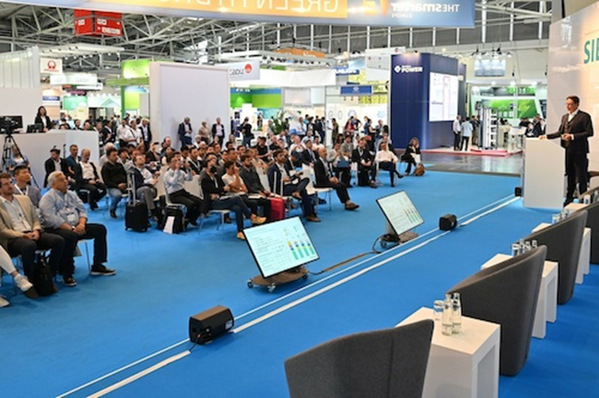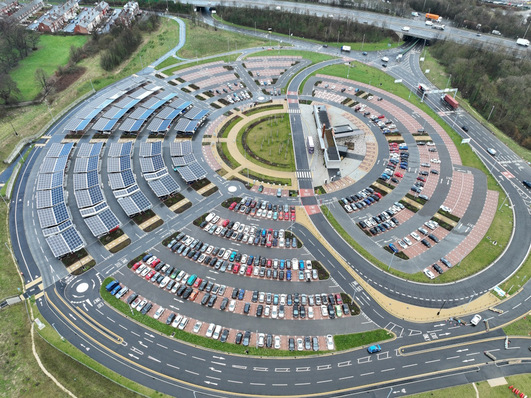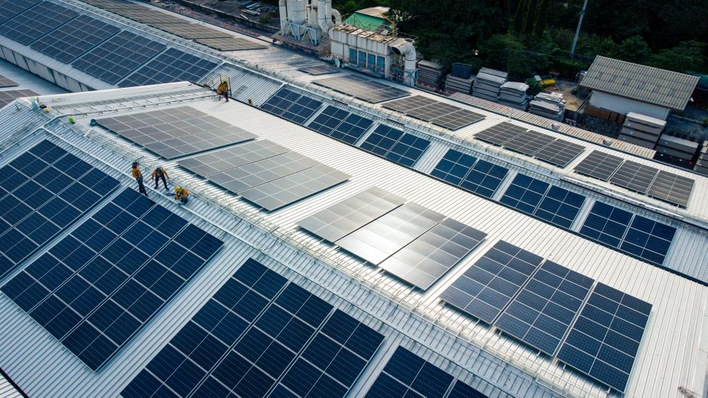The energy-generating and energy-consuming areas of life - energy, infrastructure, mobility, industry and buildings - must be coupled in such a way that energy can always be directed to where it is needed and surplus energy can be stored.
An efficient overall system
This makes the overall system efficient. It will still take some time before sector coupling is implemented across the board in all areas. The topic of power-to-X, i.e. the conversion of renewable energy into hydrogen, is also an important technology of the future and will still bring new solution impulses to the global energy transition.
But development is already in full swing in many areas. Comprehensive electrification, digitalisation and automation of all sectors is a substantial prerequisite.
New perspectives through new solutions
This is precisely where we see huge potential for the solar industry to develop new solutions. Topics such as Big Data, AI for anomaly detection and overarching business models for the use of energy will continue to open up new perspectives for the solar industry.
See here Torsten Sieker as part of our 2020 pv Guided Tours with Phoenix Contact
In the coming years, more and more photovoltaic systems will reach the end of their subsidies. For the upcoming EEG amendment in the German Bundestag, we hope that further economic operation of subsidised plants will be made possible and incentives for retrofitting old plants will be created. We see great potential for the entire German solar industry in the modernisation of industrial photovoltaic systems. (mfo)
Torsten Sieker is Global Industry Management Solar Power at Phoenix Contact Electronics in Bad Pyrmont.







